
Unlocking the Business Formal Dress Code
In an era where appearances matter more than ever, understanding and mastering the art of business formal attire is crucial. It’s not just about clothes; it’s about projecting confidence, competence, and professionalism. So the question is, how do you unlock the enigmatic world of the business formal dress code? To truly unlock the potential of the business formal dress code, you need to understand its nuances and principles. From selecting the perfect suit to choosing the right accessories, I will, in this guide, unravel the secret behind this dress code, helping you make a lasting impression in the professional realm. Therefore, keep reading to enlighten yourself.

Unlocking the Business Formal Dress Code
It’s a fact that in today’s world, appearance matters more than ever. The attire you choose to wear can significantly impact how you are perceived in the workplace. One of the most commonly encountered dress codes in professional settings is the Business Formal Dress Code. It sets the tone for a polished and professional appearance, ensuring that individuals exude confidence and competence. Therefore, understanding and mastering this dress code is not just a matter of fashion; it’s a strategic choice in your professional toolkit. In a world where first impressions can be career-defining, adhering to the Business Formal Dress Code can be a game-changer, helping you convey your seriousness, attention to detail, and readiness to tackle the challenges of the corporate world. Moreover, the company's objective in establishing a formal work dress code is to enable employees to project a professional image that aligns with the needs of clients and customers, fostering trust in competence and dedication. The aim is to present the image of trusted business professionals, serving as a reliable source of guidance, insight, and professional services to clients. Additionally, the dress code serves as a comprehensive guide to dressing professionally within the formal business office environment.
Understanding Dress Codes
Let me tell you about different dress codes and their significance. Dress codes are not merely about fashion; they convey messages about formality and expectations. Understanding and adhering to these codes can be crucial in making the right impression in different settings.
Formal Dress Code
The formal dress code is the most refined dress code of all. It is reserved for special occasions such as weddings, galas, and business meetings. Men typically wear tuxedos with bow ties, while women don elegant evening gowns. It is the epitome of sophistication and requires impeccable attention to detail.
Semi-Formal Dress Code
The semi-formal dress code is a step down from formal attire. It is often seen at events like cocktail parties, business dinners, and upscale gatherings. Men may opt for dark suits and ties, while women choose knee-length dresses or dressy separates. It is less rigid than formal attire but still commands a polished appearance. Therefore, it strikes the perfect balance, allowing individuals to express their style while ensuring they look sophisticated and put together in a variety of social and professional settings.

Black-Tie Formal Dress Code
The black-tie formal dress code is a subset of formal attire, typically reserved for evening events. For men, it means a black tuxedo, black bow tie, and black dress shoes. Women often wear floor-length gowns or elegant cocktail dresses. However, remember that while black-tie events are formal. They are not as strict as the traditional formal dress code.
Business Formal Dress Code
Now, let's focus on the business formal dress code. This dress code is commonly seen in corporate environments during important meetings, conferences, interviews, and any professional settings that require a high level of decorum. Furthermore, it falls between semi-formal and formal attire and serves as a daily uniform for many working professionals.
Business Formal Attire For Men
Now that we have discussed what the business formal dress code is let's delve into the specifics of what it entails for men.

The Suit
At the core of formal attire for men is the suit. Here's what you need to know:
Suit Color: In professional settings, you must opt for classic colors, such as navy, charcoal grey, or black. These colors are timeless and exude professionalism. In addition, you must avoid overly bright or flashy colors and instead prioritize muted and conservative tones to maintain a business-appropriate appearance.
Jacket Style: Choose a single-breasted suit jacket with notch or peak lapels. Avoid double-breasted styles, which are more common in formal attire.
Shirt: Pair your shirt with a long-sleeved dress shirt. White is a safe choice, but light pastel colors can work as well. Moreover, ensure that the shirt is well-pressed and fits you properly. Shirts, sweaters, and turtlenecks are suitable attire for work when they contribute to a formal and professional appearance. Inappropriate attire for a professional workplace comprises shirts displaying offensive words, terms, cartoons, pictures, slogans, sweatshirts, and t-shirts. You must ensure that your clothing choices are respectful and align with the professional environment.
Tie: A conservative silk tie is a must. Avoid overly bright or flashy patterns, and stick to classic designs that complement your suit and shirt.
Footwear: When it comes to footwear, dark, polished leather dress shoes are the best choice. Black and brown are versatile options. Match your shoes with your belt for a polished look.
Accessories
When it comes to accessories, keep in mind the phrase" less is more." You must keep accessories minimal and classic. A simple wristwatch, stud earrings, and a modest necklace can complete your look. It is advisable to avoid excessive jewelry and anything that is too flashy. In addition, jewelry should be chosen tastefully, and any visible body piercings should be limited.Grooming and Personal Hygiene
Hair: Your hair must be neatly styled, and avoid unkempt or overly long hair that may not be appropriate for a business formal setting.
Facial Hair: If you have facial hair, keep it well groomed. Trim and maintain your beard or mustache.
Nails: Keep your nails clean. Long and unkempt nails can be distracting and unprofessional.
Socks
Wear dress socks that match the color of your shoes or suit. Avoid bright or patterned socks, as they can detract from the formality of your attire.Business Formal Attire For Women
Women have various options when it comes to formal business attire. Here are some guidelines to help you navigate this dress code effectively.

The Suit
Pantsuit or Skirtsuit: Women can opt for a pantsuit or skirt suit. Both options are acceptable and appropriate for a business formal setting. However, you must not wear jeans, shorts, exercise pants, sweatpants, leggings, a bib overall, or other form-fitting pants typically worn for exercise or biking.
Blouse or Shirt: Pair your shirt with a blouse or button-up shirt. Ensure that the neckline is conservative and not too revealing. It is advisable not to don tank tops, inappropriate shirts with offensive content, and tops with bare shoulders.
Skirt Length: If you opt for a skirt, it should be knee-length or slightly below. You can also wear a dressy two-piece knit suit, a skirt with slits at or below the knee, and skirts with jackets. However, you must avoid wearing miniskirts, shorts, beach dresses, short, tight skirts, and spaghetti-strap dresses for professional settings.
Color: Stick to neutral tones like black, navy, gray, or beige. These colors convey professionalism and are suitable for business settings.
Accessories
Jewelry: Keep your jewelry classic. A pearl necklace, stud earrings, or a simple bracelet can add a touch of elegance without being distracting. Refrain from using gaudy jewelry.
Handbag: Carry a professional-looking briefcase or leather tote bag to hold your work essentials. Select a structured handbag in a muted color for a polished appearance.
Hats: Refrain from using any hats in the office.
Footwear
When it comes to footwear, you can opt for conservative walking shoes, oxfords, loafers, dress heels, and closed black shoes. Your shoes must be comfortable for long hours at work but still maintain a formal look.Makeup and Fragrance
Makeup: Your makeup must be subtle and natural. Avoid heavy or dramatic makeup, as it can be distracting in a professional setting.
Fragrance: Use subtle fragrances or avoid them altogether. Strong scents can be overwhelming and may not be appreciated by everyone. While adhering to the dress code, it is essential to feel comfortable in your attire. Confidence is key in formal business settings, so wear what makes you feel empowered and self-assured.

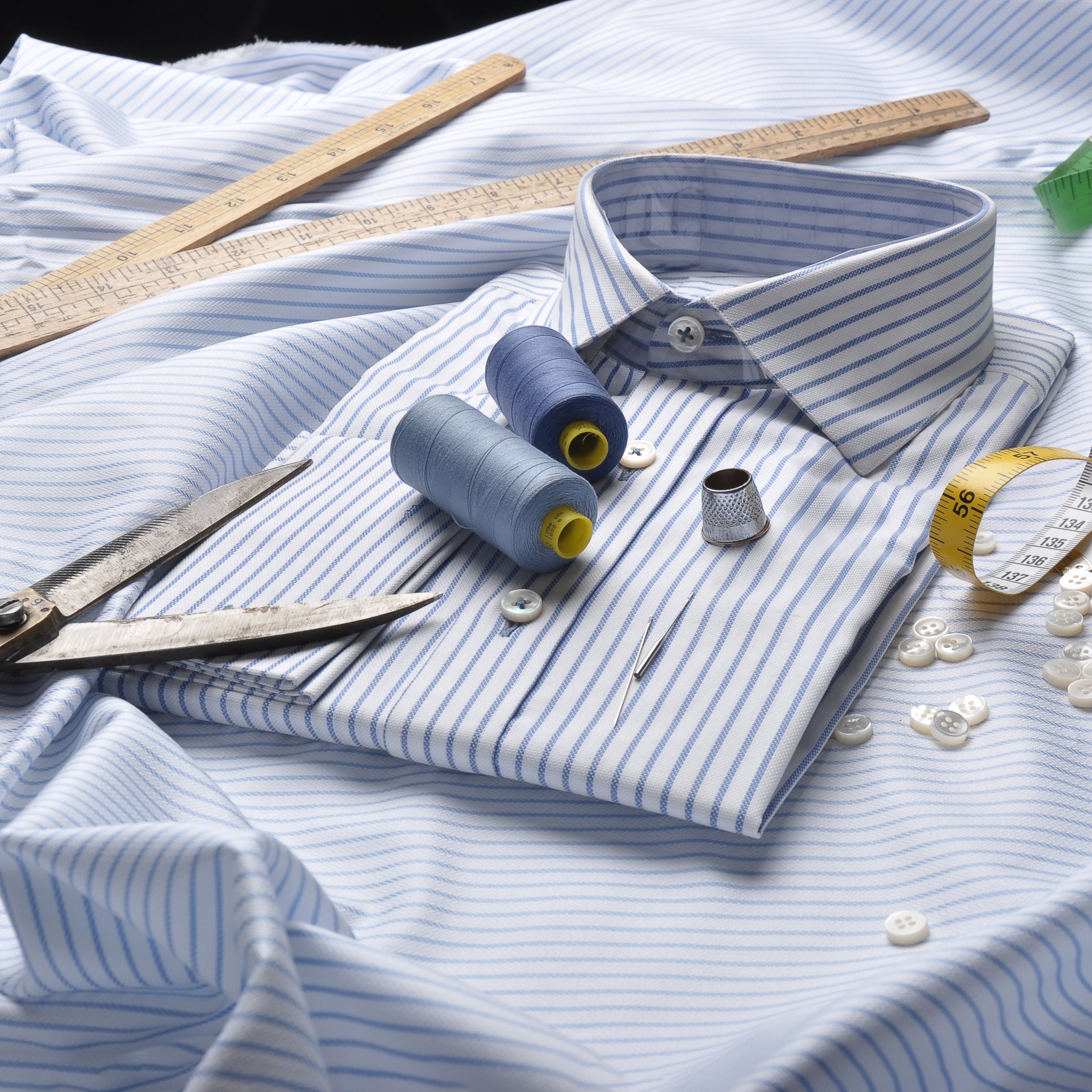
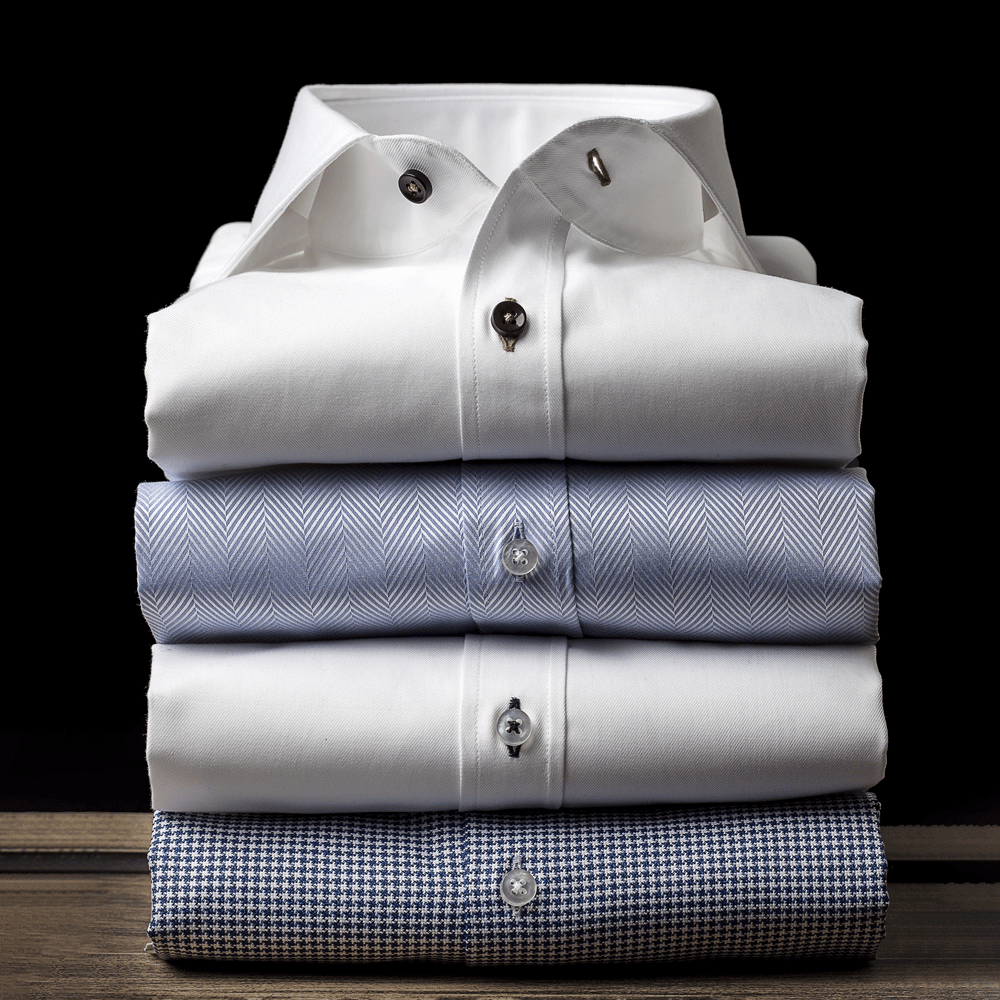
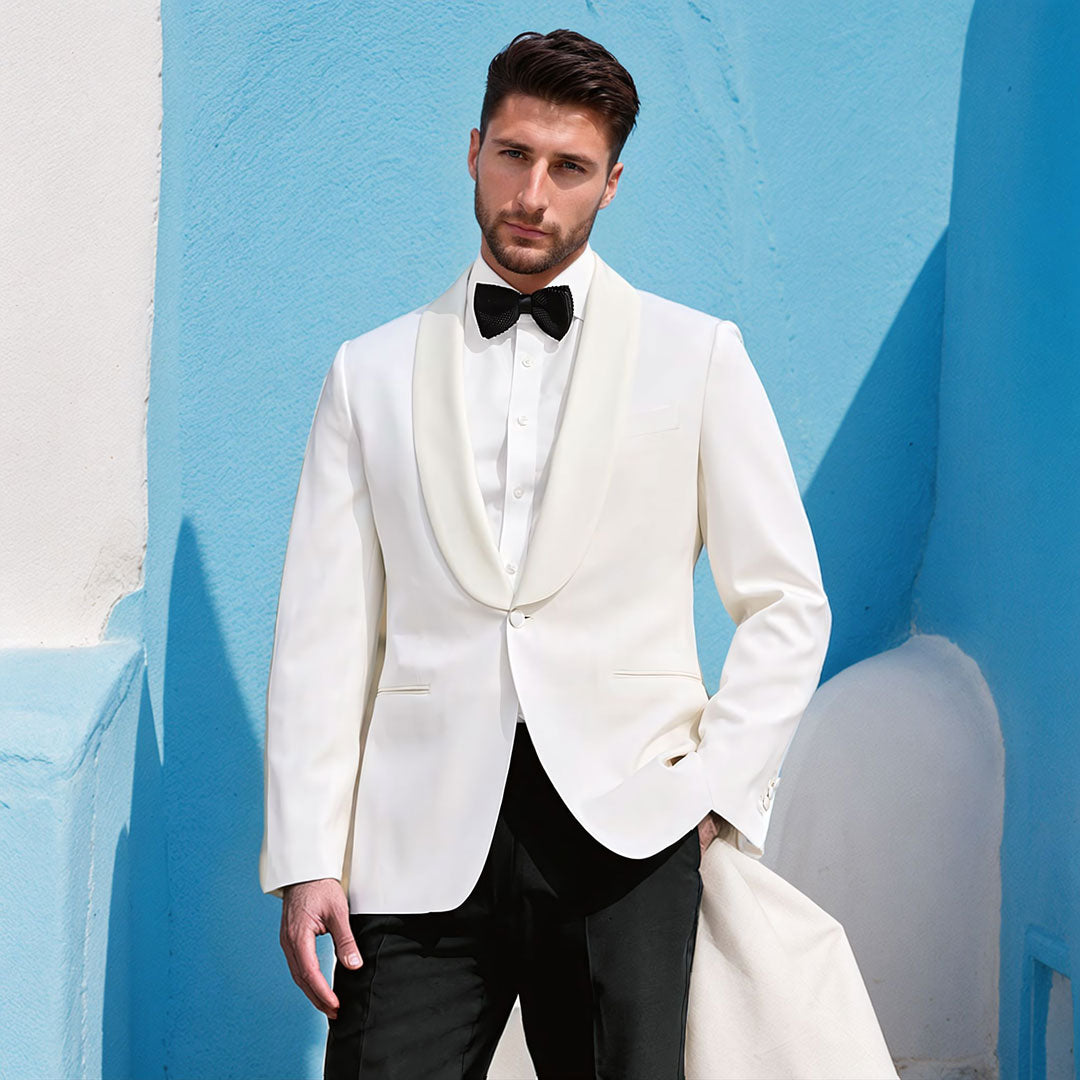
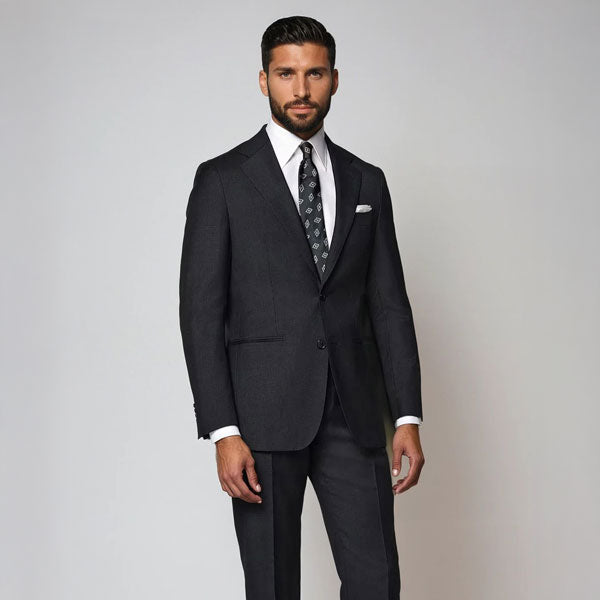
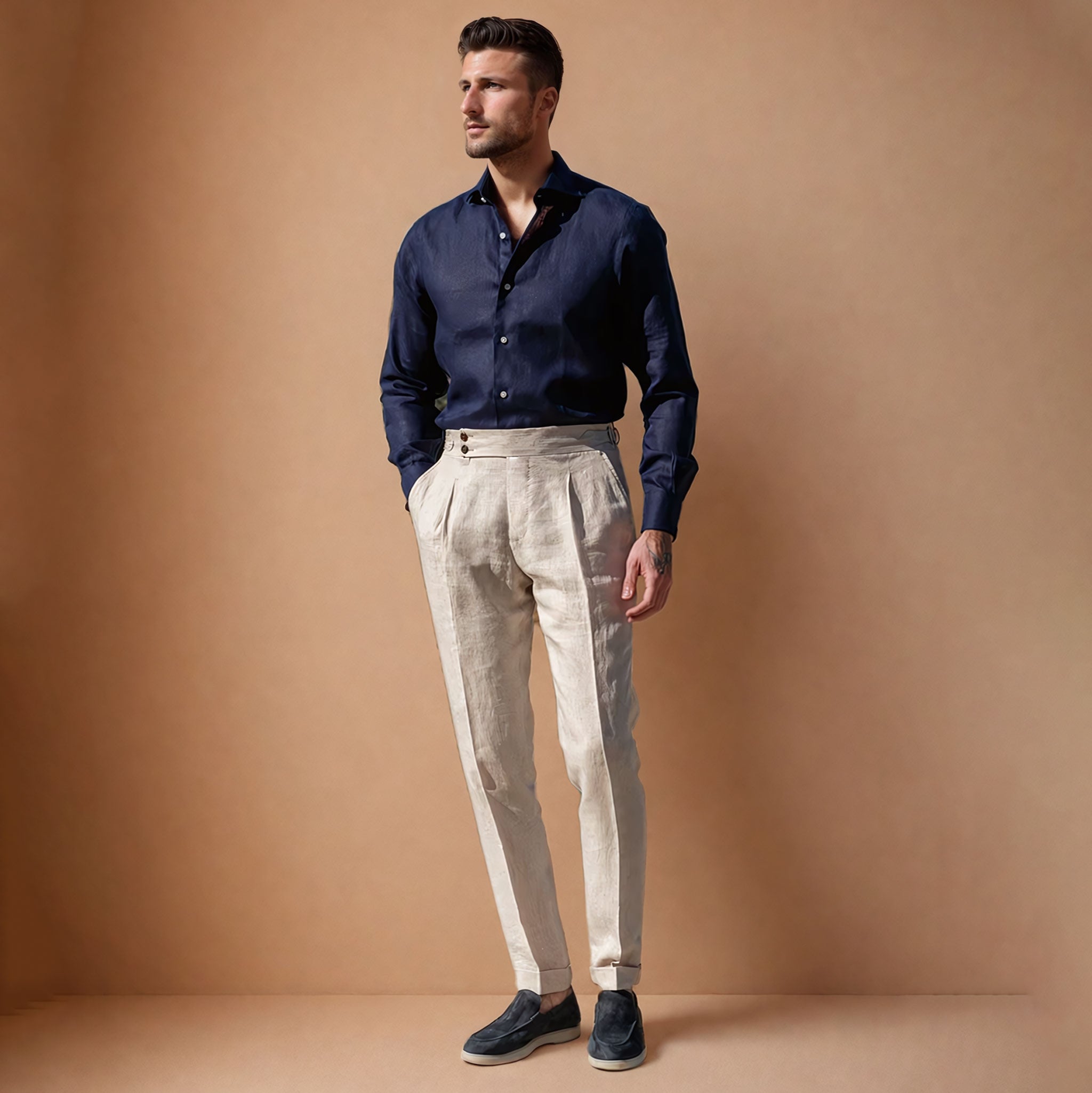
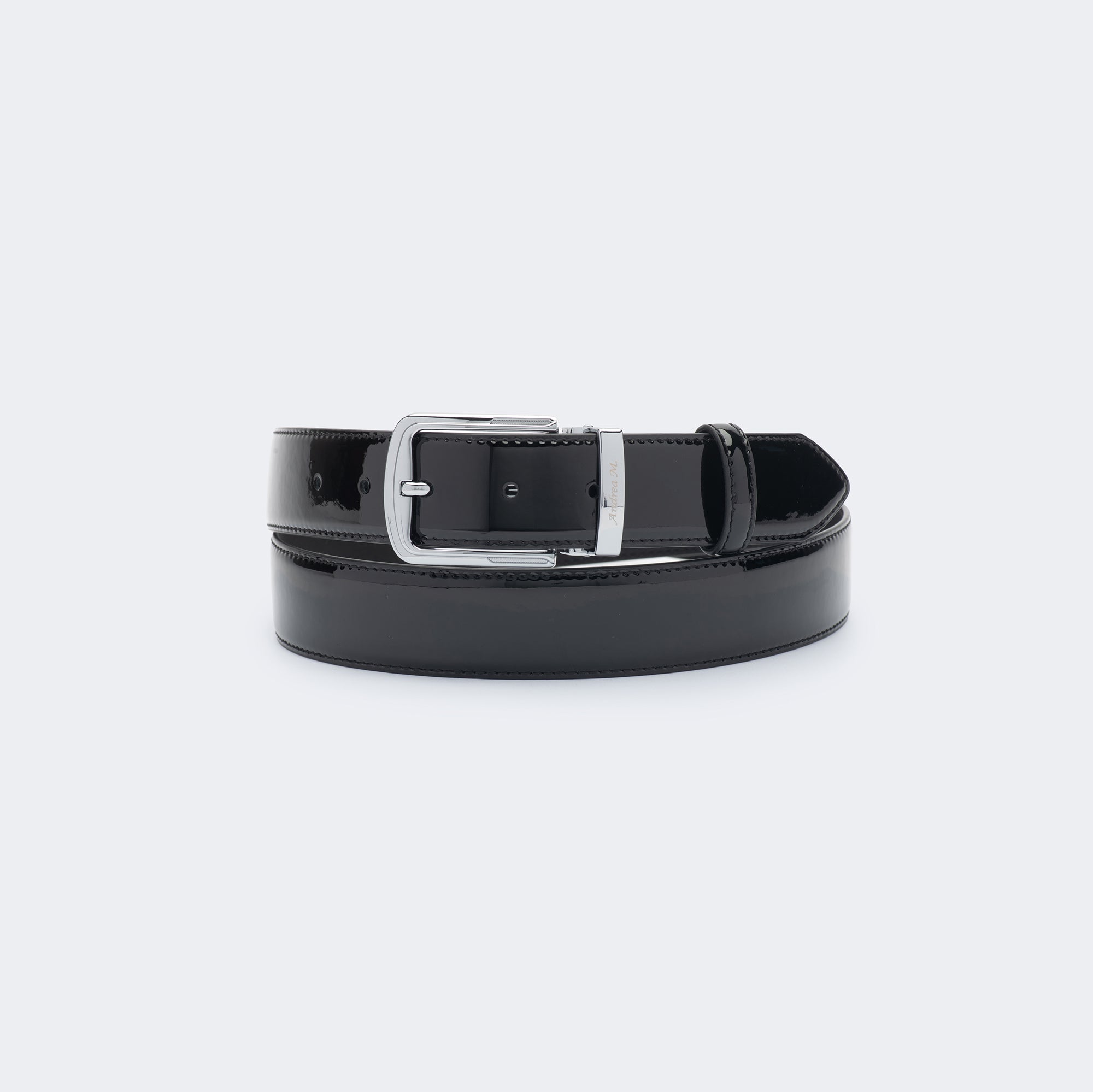
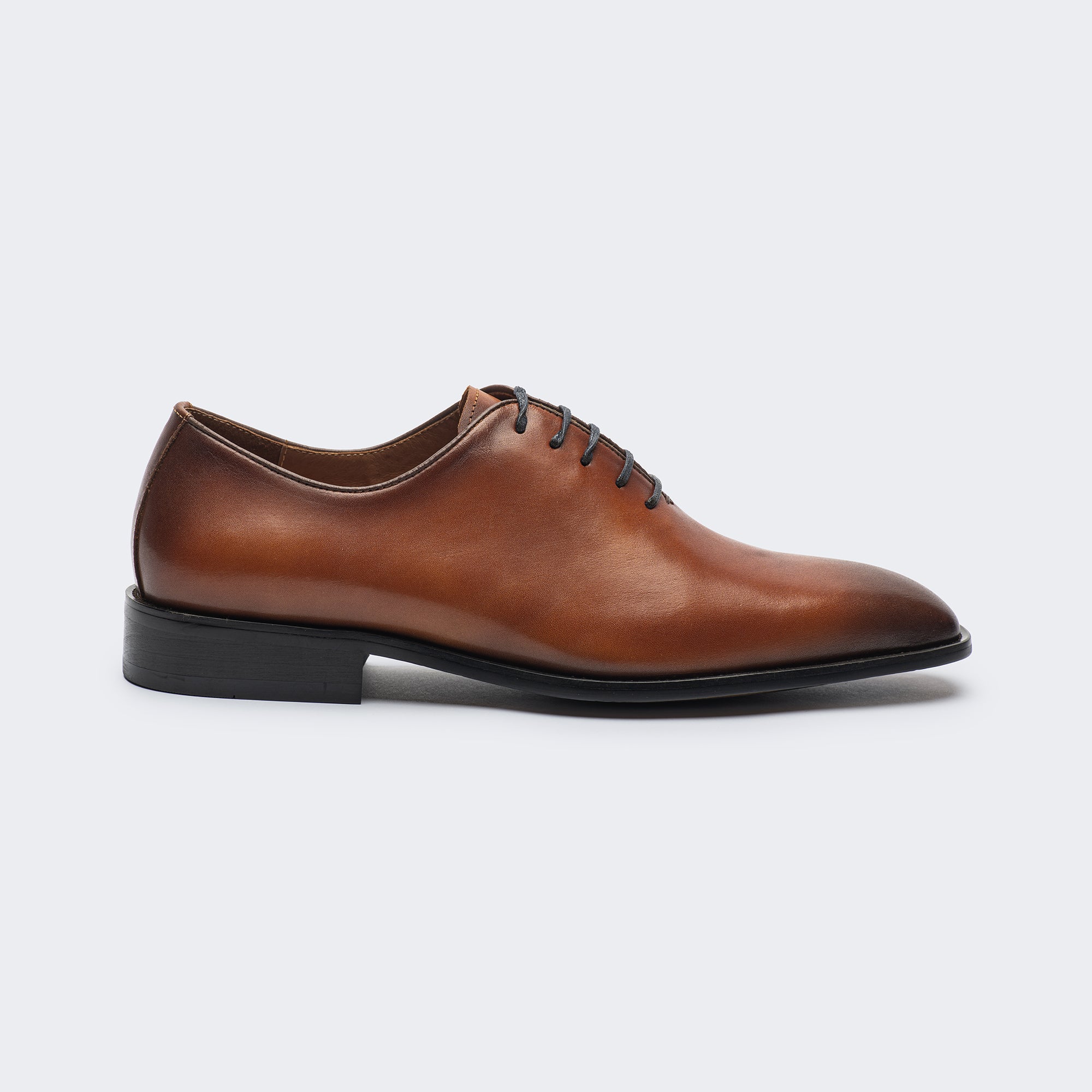
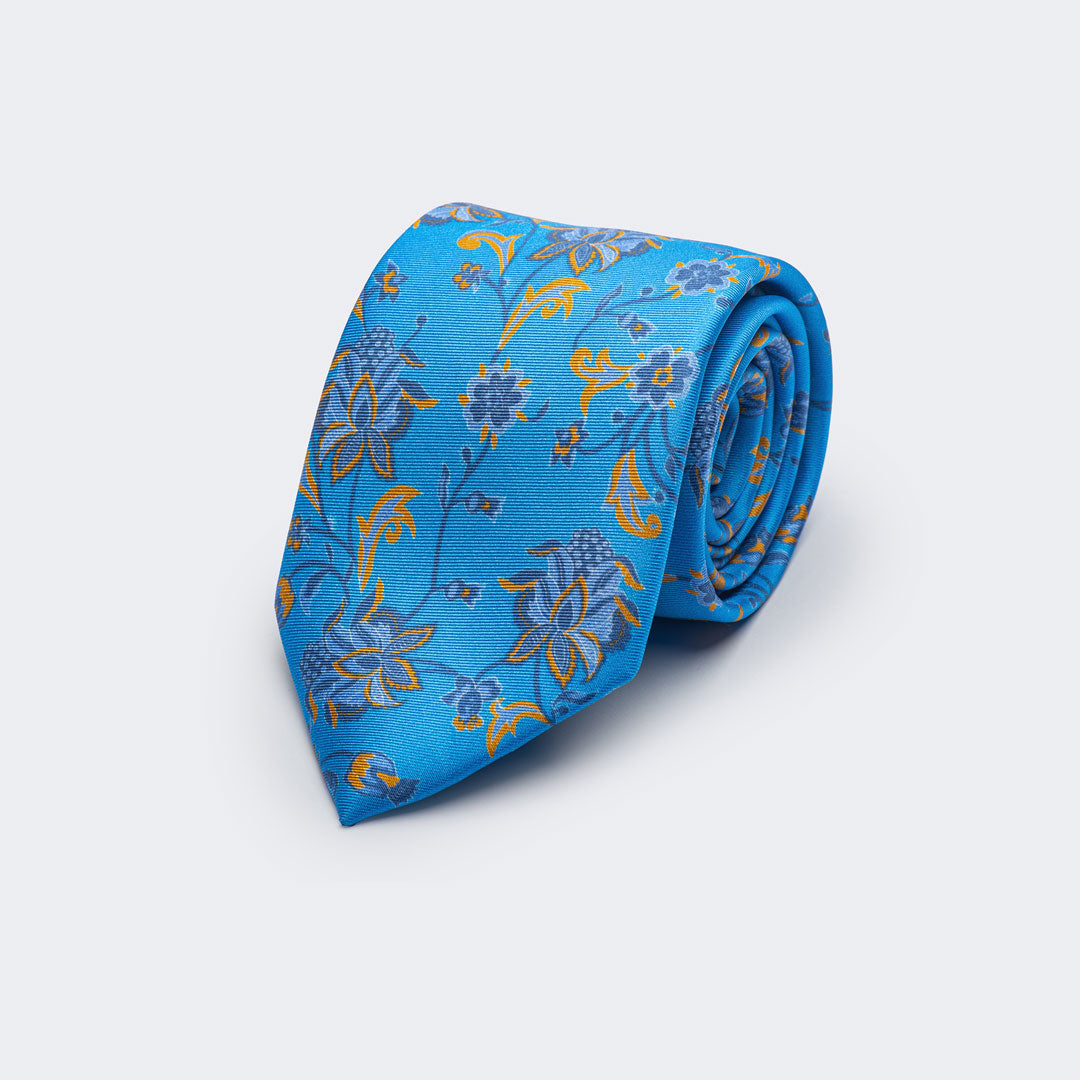
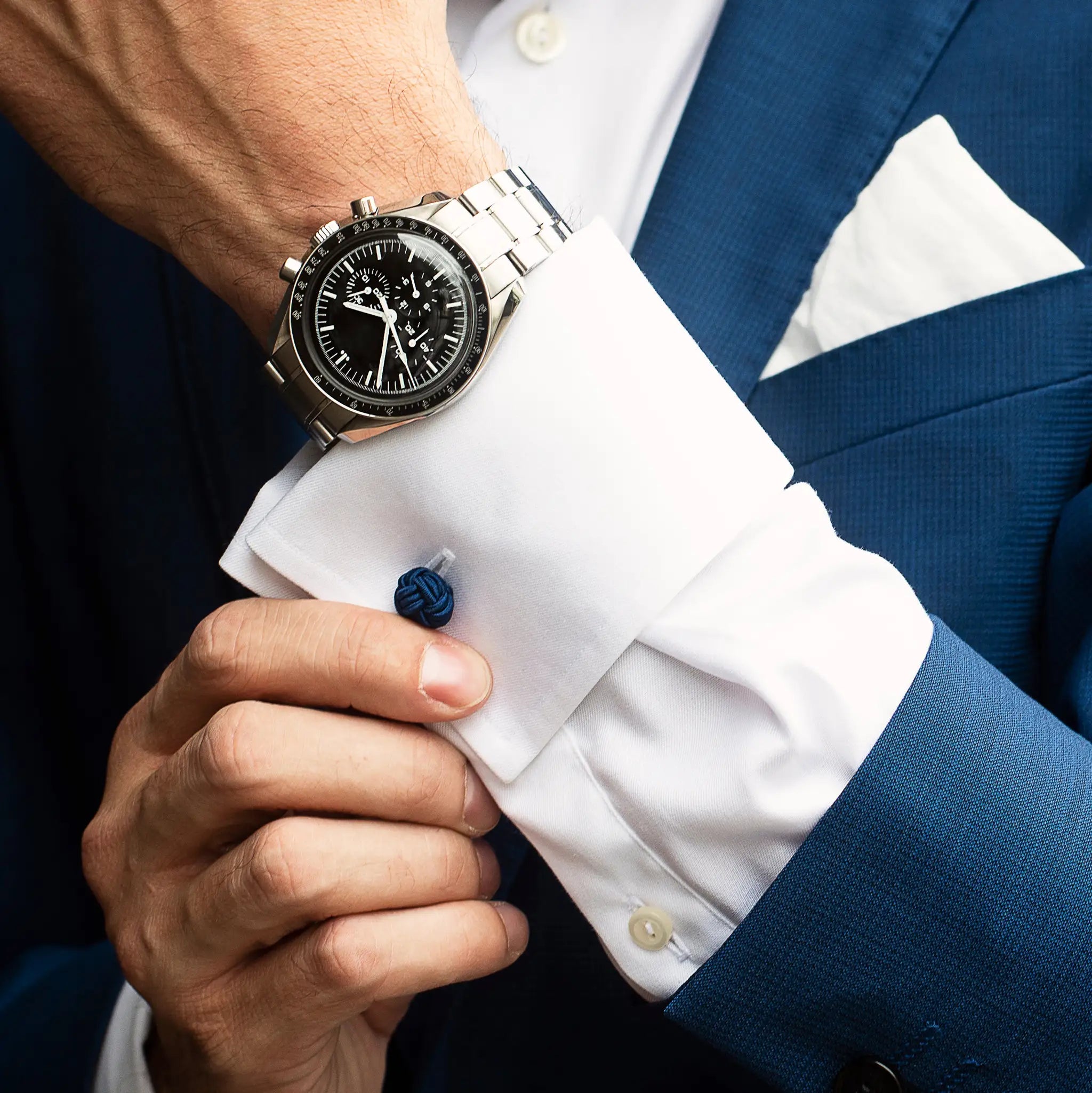
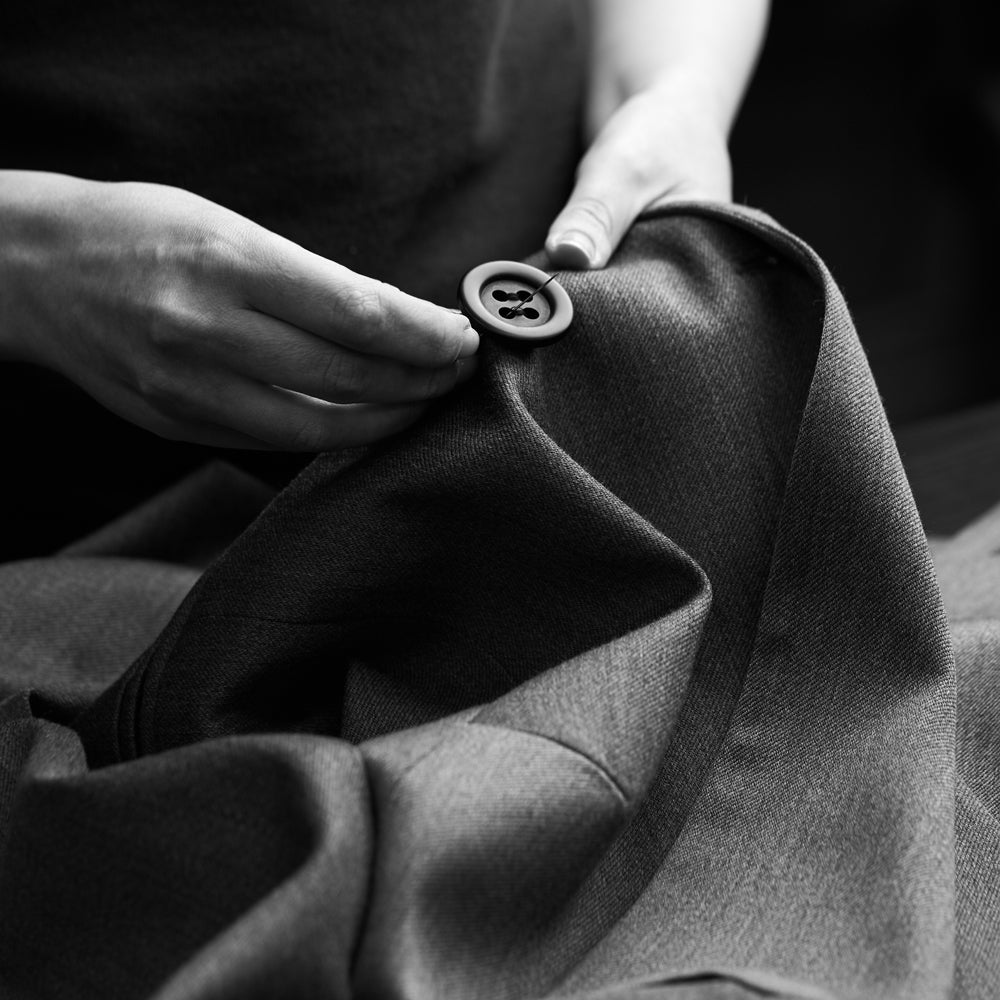
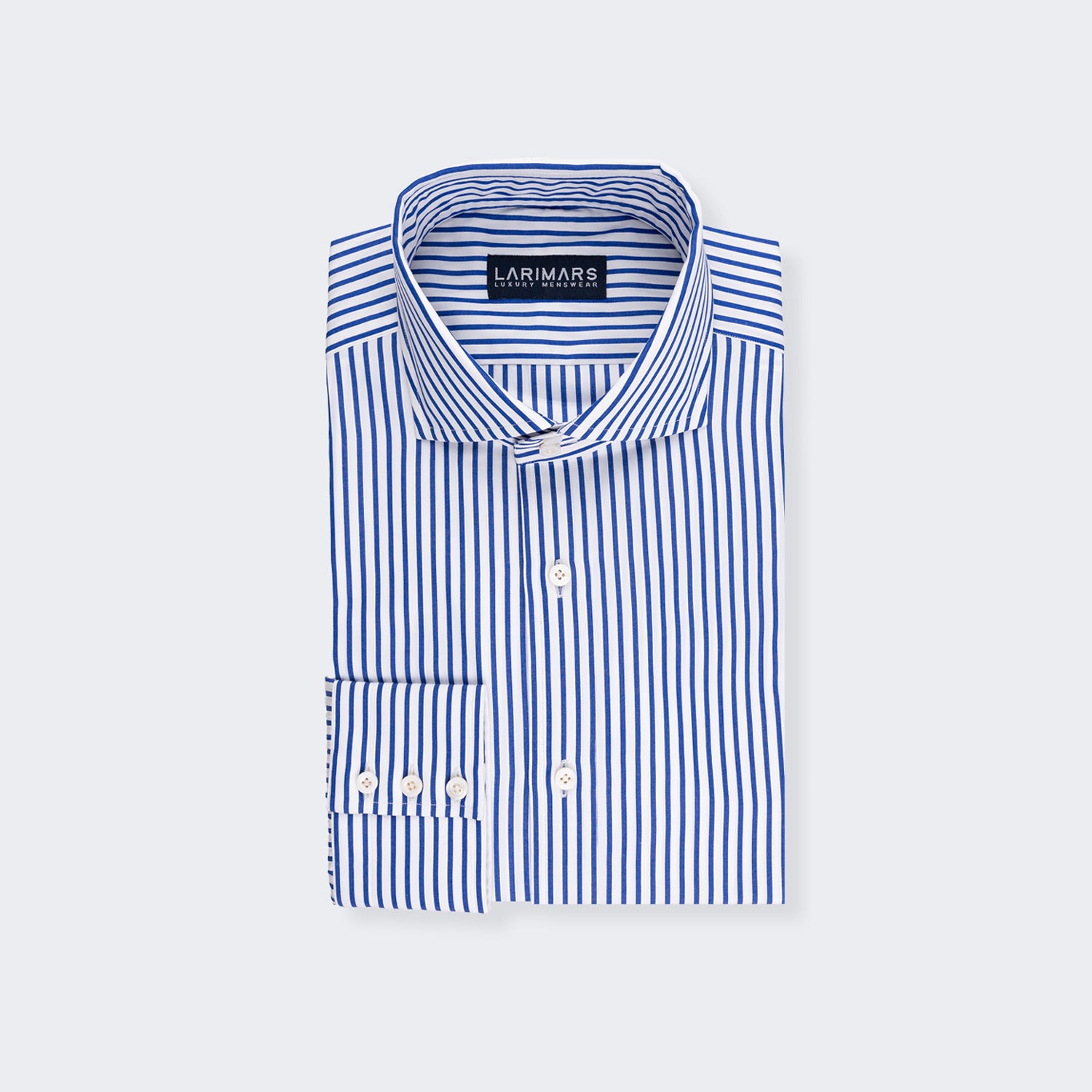
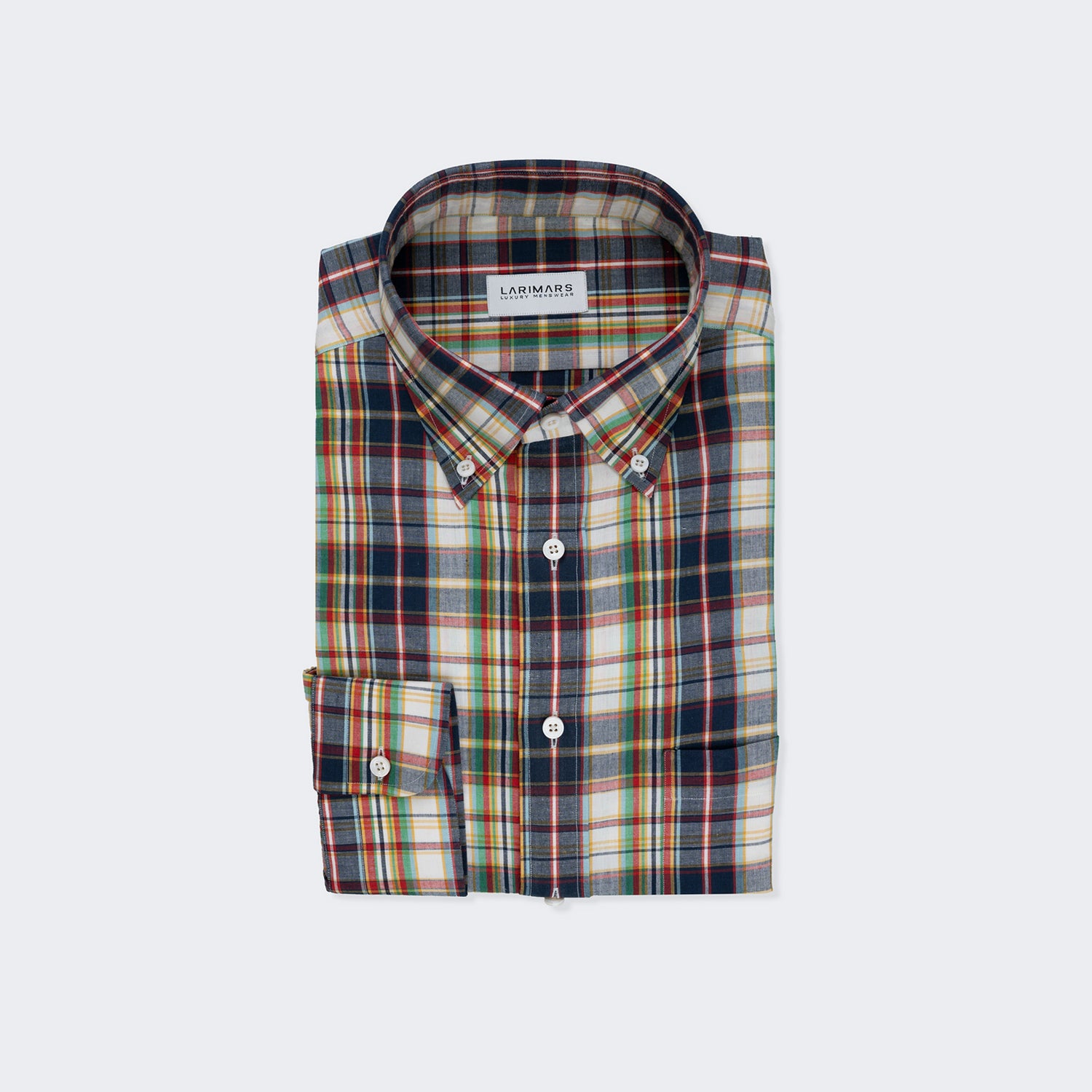
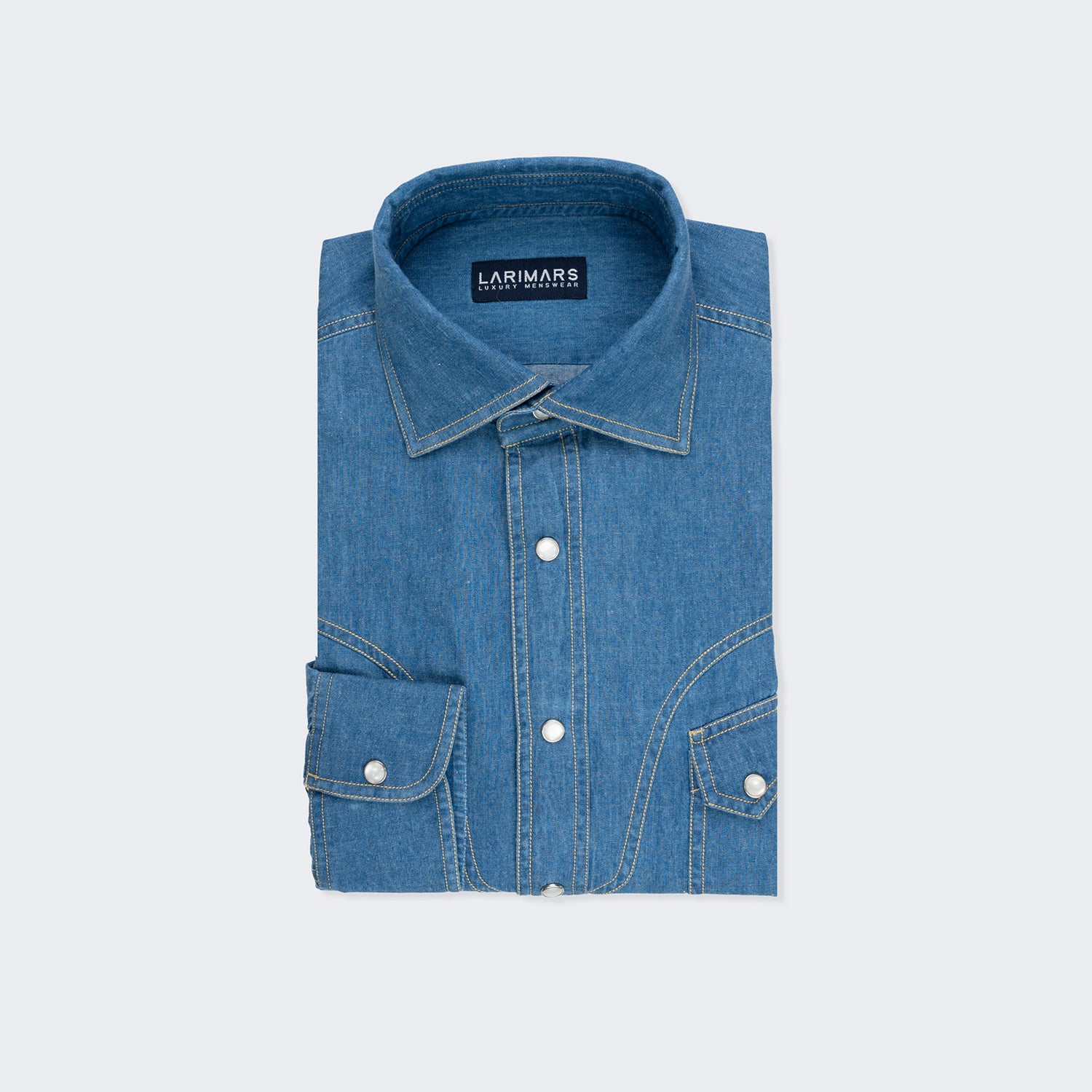
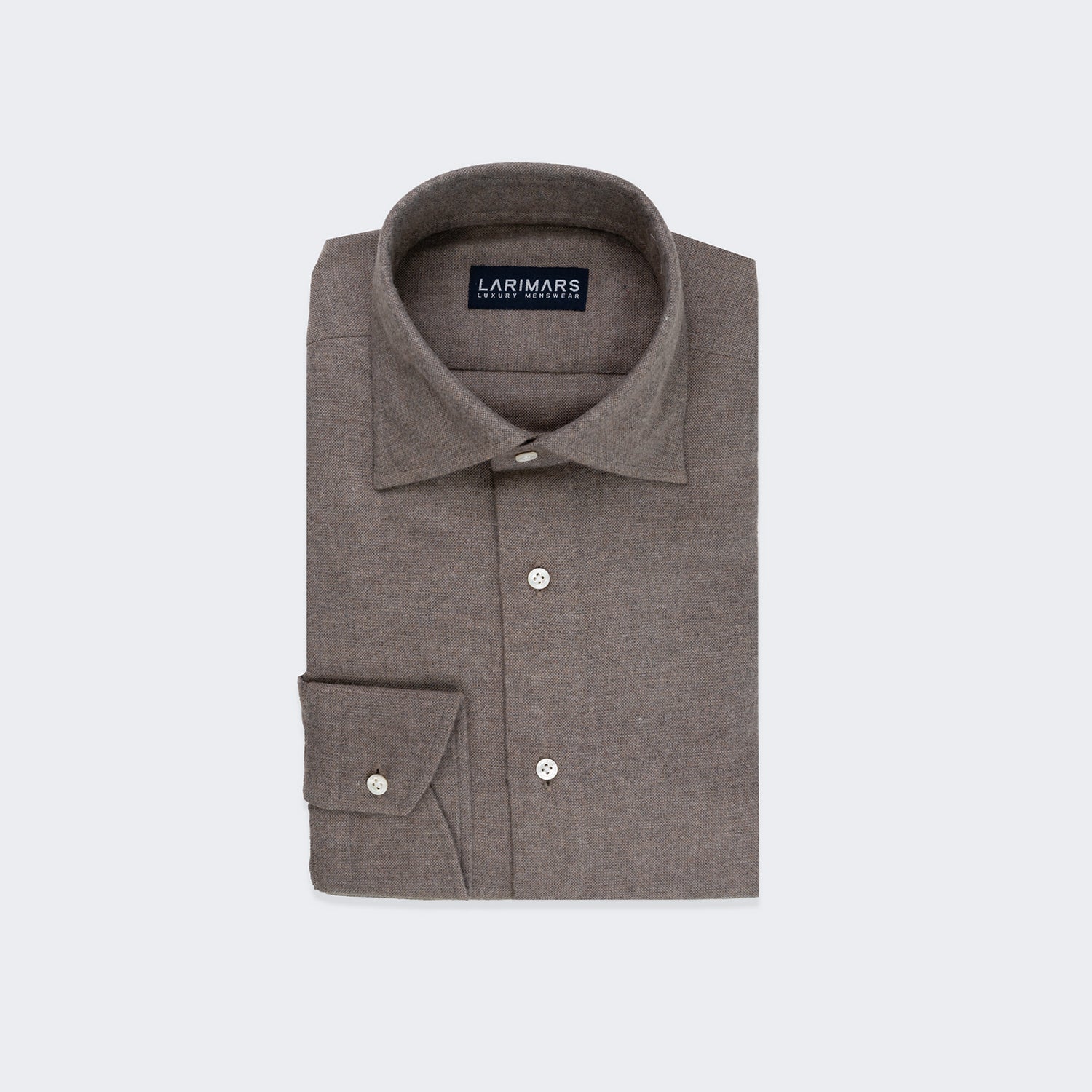



Leave a comment
This site is protected by hCaptcha and the hCaptcha Privacy Policy and Terms of Service apply.